10 Subtle Ways Dogs Communicate Calm And Avoid Conflict

Not every tail wag means happiness, and not every yawn signals sleepiness. Dogs rely on a range of physical gestures to avoid escalating tension. These calming signals help them defuse interactions and signal safety, but misinterpreting them can increase stress or risk. Here’s a look at ten specific clues your dog uses to stay calm and avoid confrontation.
Head Turning

Rather than make direct eye contact, a dog might turn its head slightly to the side. This movement communicates that it poses no threat and wishes to avoid tension. You’ll often see this during tense interactions or when a person or dog looms too close. The gesture is intentional and usually lasts just a second.
Lip Licking (Not After Eating)
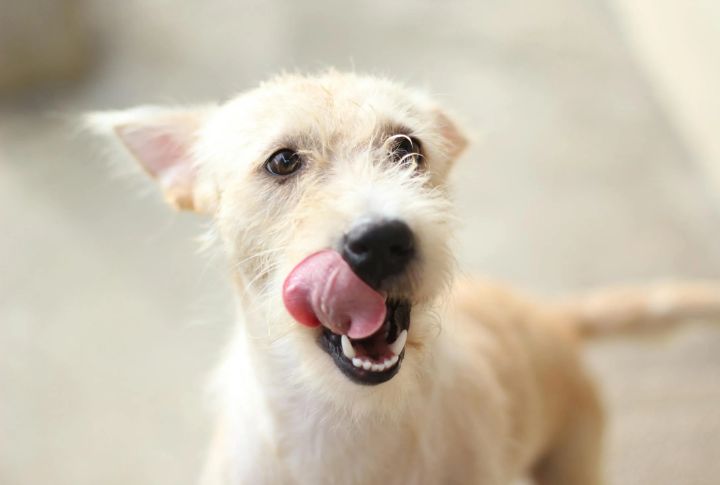
A quick flick of the tongue over the nose or lips is sometimes a signal of discomfort or an attempt to defuse tension. Unlike licking food, this gesture is brief and occurs in response to perceived stress. Pets commonly use it during vet visits or when approached by unfamiliar people.
Sniffing The Ground
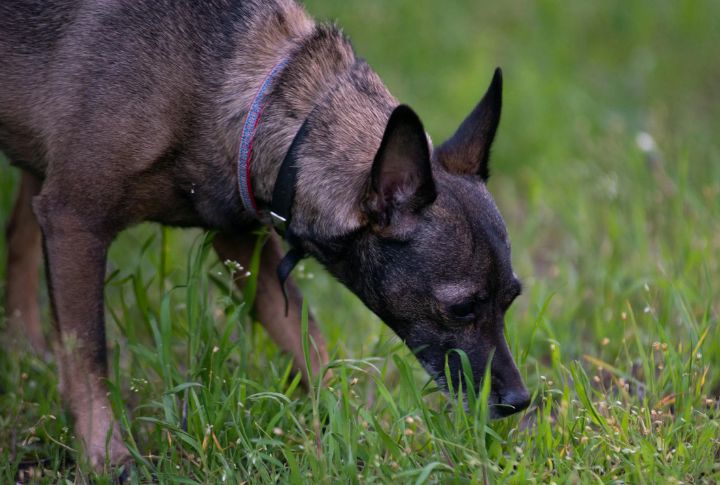
Canines may suddenly start sniffing the ground in tense moments, even if nothing is interesting there. This move is a displacement behavior meant to defuse tension. It signals, “I’m not a threat, I’m just busy.” Handlers usually see this during obedience training when the pressure gets too high or corrections are too harsh.
Slow Movement
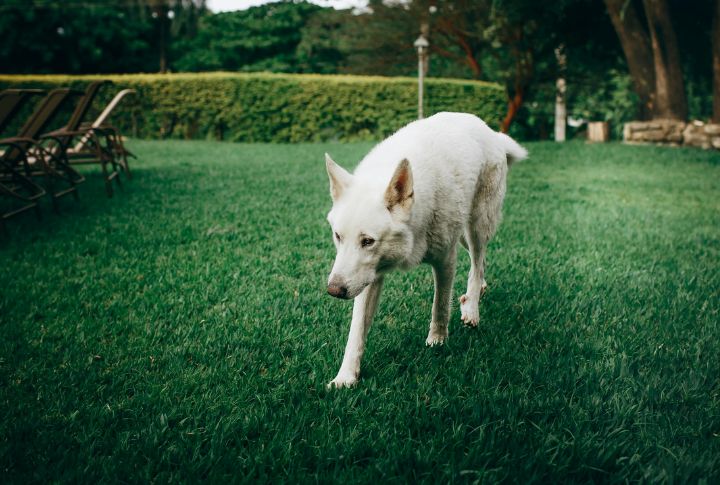
A dog that moves deliberately or freezes may try to calm a situation. This contrasts with normal energetic behavior and is intended to show that the dog is non-threatening. Dogs commonly display slow movements when entering uncertain social spaces. Freezing can precede flight—or escalation—if calming efforts fail.
Sitting Or Lying Down (Voluntarily)
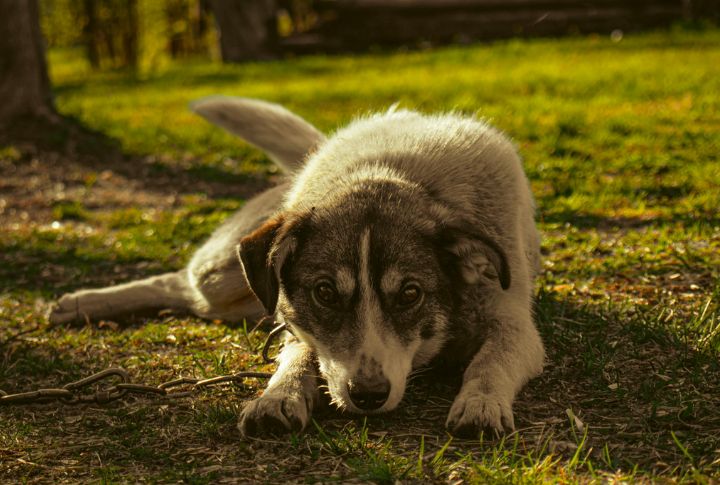
When a dog suddenly sits or lies down in the middle of an intense moment, it’s usually trying to show it means no harm. This calming move helps lower its excitement and puts some space between it and whatever feels threatening. You might also see the dog look away or yawn—more signs it’s trying to keep things peaceful around overly excited animals.
Lifting One Paw
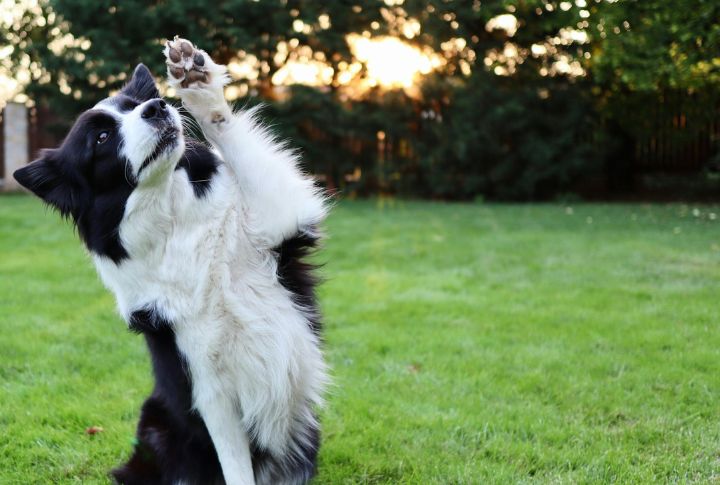
Some dogs lift a front paw when unsure or trying to communicate de-escalation. Though common in certain breeds like pointers, it can be a subtle calming signal across all types. They do this in response to direct approaches or looming gestures.
Mouth Relaxation Or Slight Panting

A dog that opens its mouth slightly and pants lightly—even when it’s not hot or tired—may be signaling calmness. The relaxed mouth posture is different from a tightly closed jaw, which usually indicates tension or readiness to react. Soft panting acts as a pressure valve during low-level stress, especially in uncertain social settings.
Curved Approaches
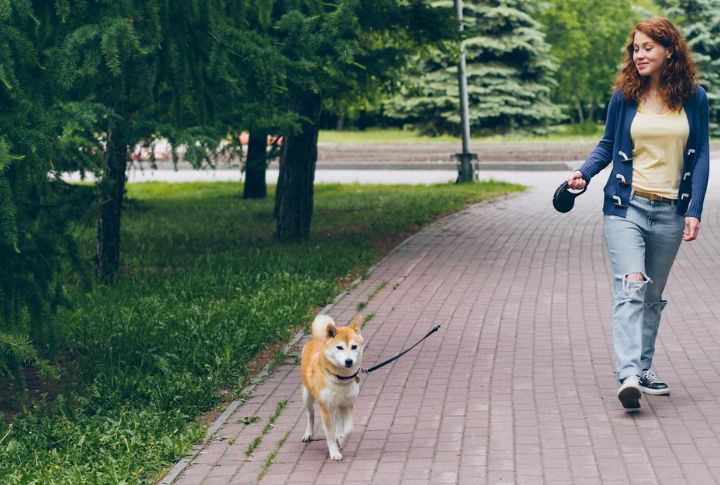
Rather than walking straight toward another dog or person, a dog might approach in a gentle arc. Tracing this curved path is another classic calming signal to prevent conflict. Direct approaches can be seen as confrontational in canine communication. The behavior is sometimes revealed during initial greetings between unfamiliar dogs.
Wagging Tail Low And Loose
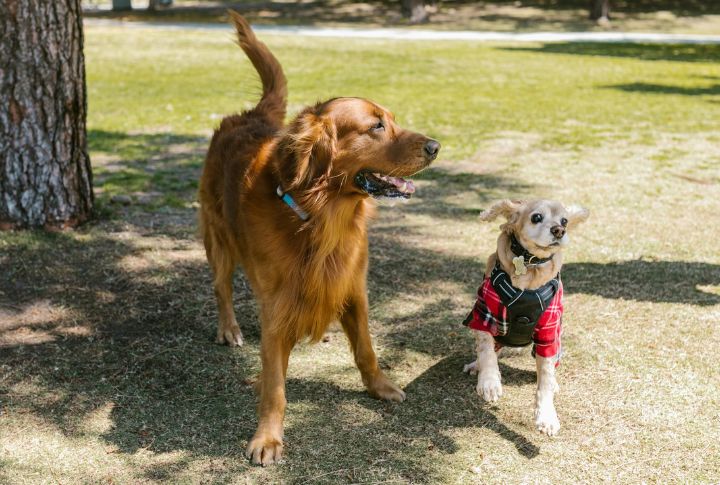
Not all tail wags mean happiness. A slow, low wag often indicates friendliness and a desire to keep the peace. It contrasts sharply with high, fast wagging, which can signal alertness or arousal. This type of calming wag is regularly seen during tentative greetings or moments of uncertainty.
Shaking Off (When Not Wet)
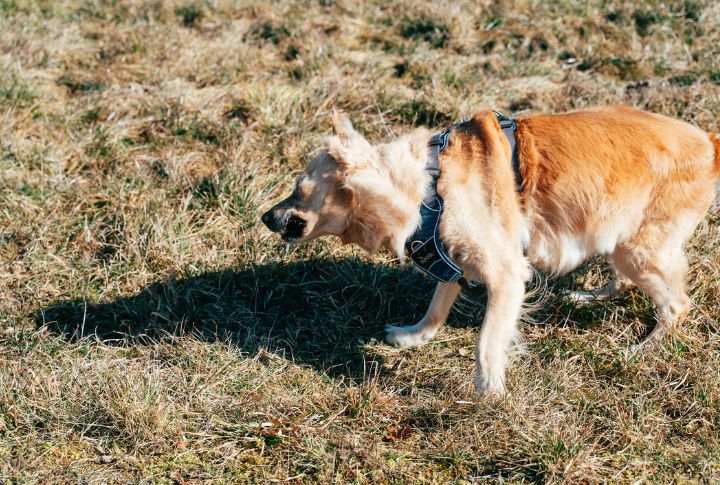
A dry shake, like the kind animals do after a bath, can also be a signal to release tension. It is often used to reset emotionally after a stressful moment, like a loud noise or intense interaction. Observers might miss the context, but it’s a key transitional signal.





